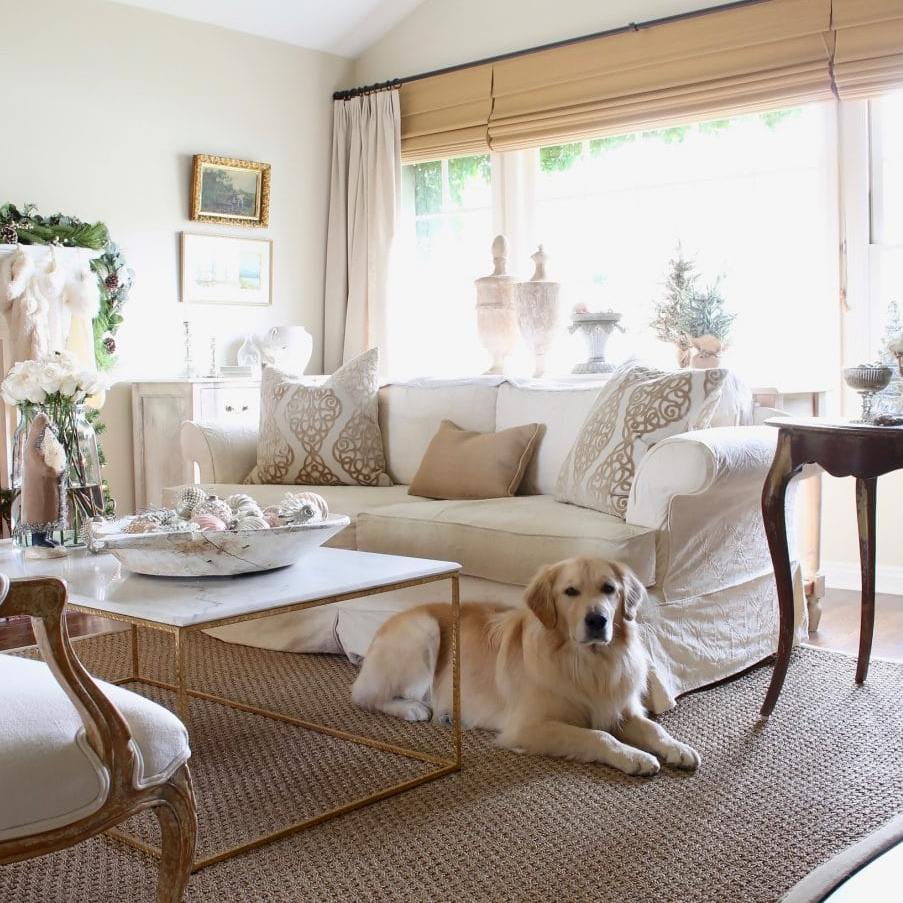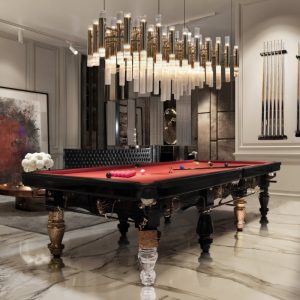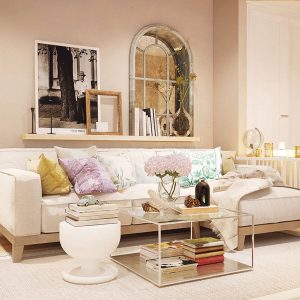The 1950s: A Point of Transition
The 1950s was a point of transition in many aspects of society. After World War II, the economy was booming and people were looking for ways to express their creative sides. One area where this was particularly evident was in lighting design.
How the Lamp Became a Focal Point
Lamps had long been a utilitarian item in the household, often relegated to a corner and given little thought in terms of design. However, with the post-war economic upturn, designers began to see the potential of the lamp as a focal point in the home. Lamps could be both functional and beautiful, and designers began to experiment with materials, shapes, and colors in order to create something new and exciting.
Materials and Design
The materials used in lamp design during the 1950s were varied and diverse. Designers utilized everything from metal to glass to plastic, and often combined materials in interesting ways. One popular material was Lucite, a type of clear plastic that could be molded and shaped into a variety of designs. Other popular materials included brass, chrome, and wood.
Designers also played with the shape of the lamp, creating everything from sleek and minimalist designs to intricate and ornate pieces. One popular design was the “dripping” lamp, which featured a globe-shaped shade with a series of dangling, teardrop-shaped crystals. Other popular designs included the “atomic” lamp, which featured a cluster of orbs or spheres, and the “mushroom” lamp, which had a large, bell-shaped shade and a small, rounded base.
Colors
A major theme in lighting design during the 1950s was the use of bright, bold colors. Lamps were no longer simply functional objects, but instead became a way to inject color and personality into a room. Popular colors included bright reds, blues, and yellows, as well as more muted pastels and earth tones.
The Legacy of 1950s Lamp Design
The lamp designs of the 1950s have left a lasting impact on the world of design. Today, many of the most iconic lamp designs of the era are considered collectors’ items, and are highly sought after by design enthusiasts and collectors alike. The focus on materials, shape, and color that emerged during this era has continued to influence lighting design in the years since, making the 1950s a truly foundational period in the history of lamp design.


